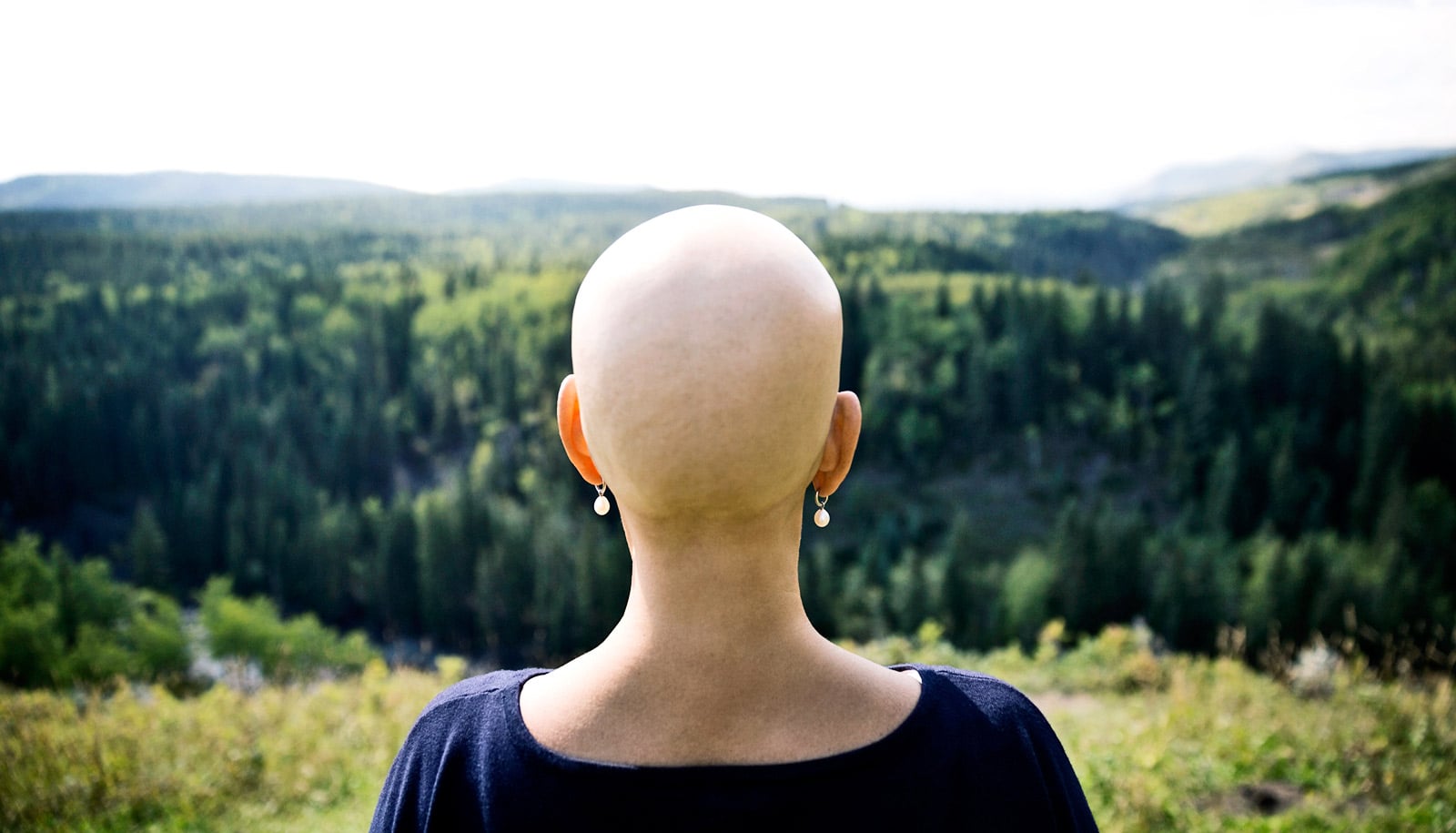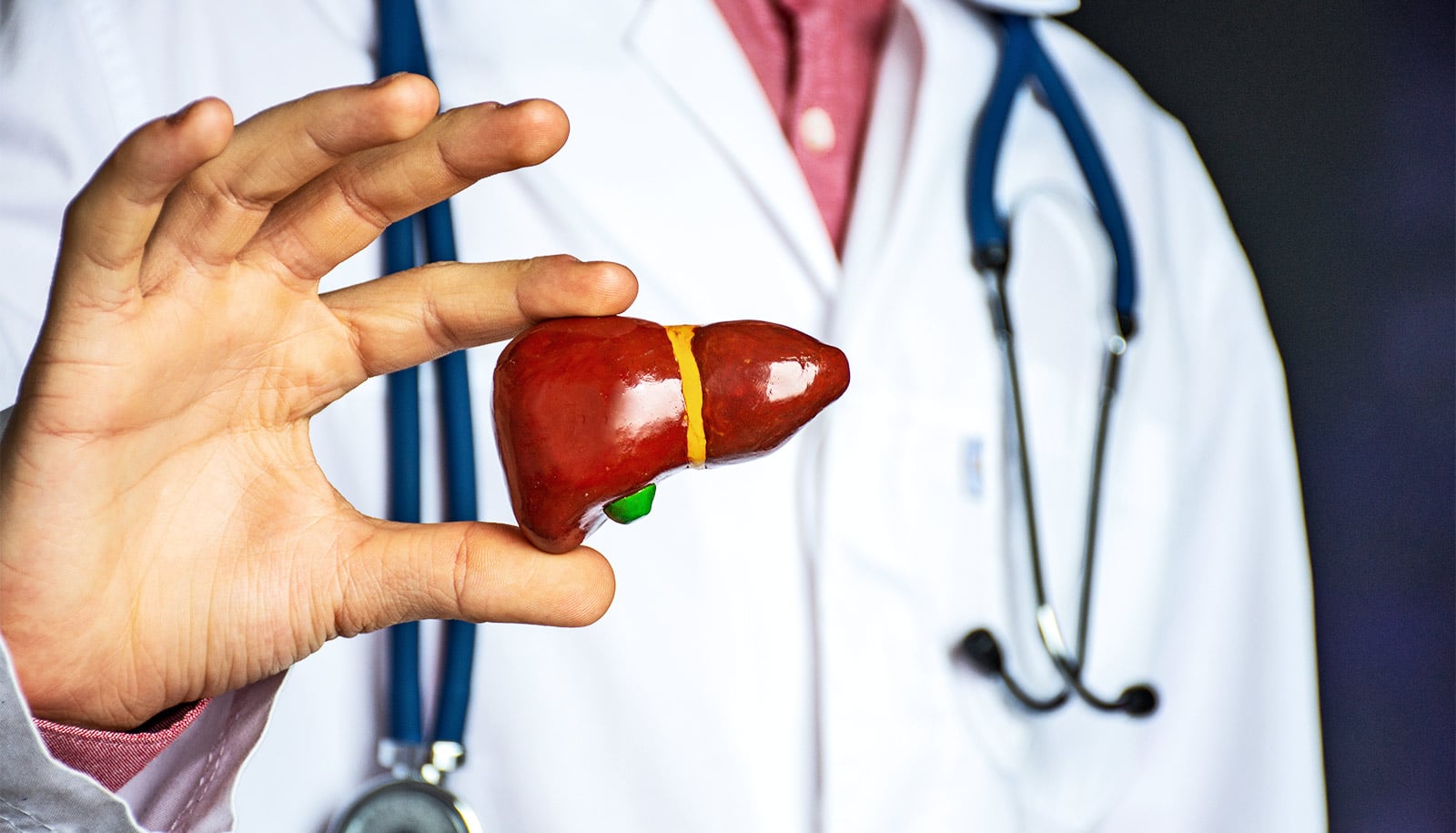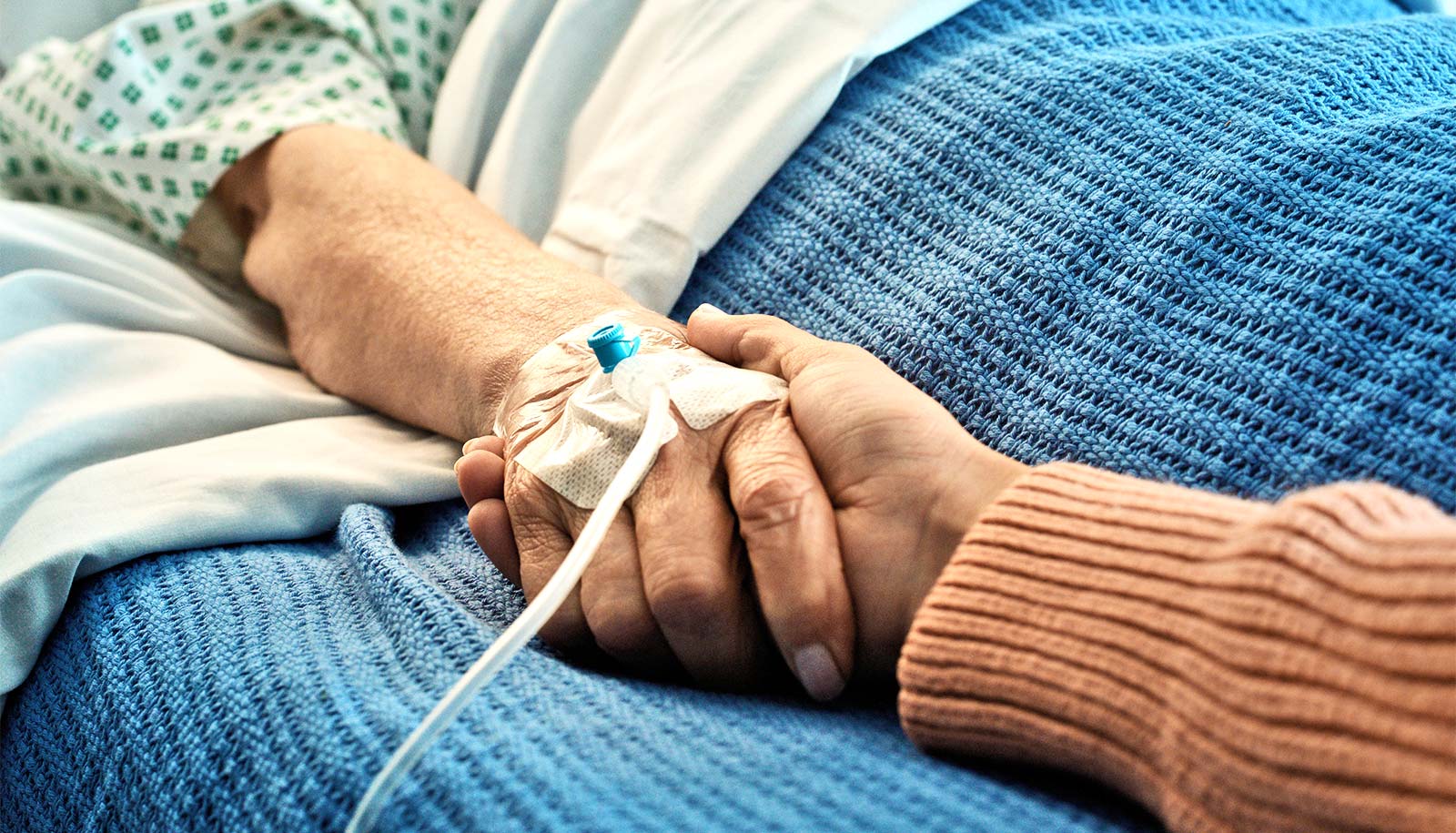Administering an FDA-approved nutrition source called Intralipid before nanodrug chemotherapy can reduce the amount of the toxic drugs that settle in the spleen, liver, and kidneys, researchers report.
“This methodology could have a major impact in the delivery of nanodrugs…”
Nanodrugs, drugs attached to tiny biocompatible particles, show great promise in treatment of a number of diseases, including cancer. Delivery of these drugs, however, is not very efficient—only about 0.7 percent of chemotherapy nanodrugs reach their target tumor cells. Cells, including those in the liver, spleen, and kidneys, absorb the remainder.
When the drugs build up in these organs, they cause toxicity and side effects that negatively affect a patient’s quality of life.
Chien Ho, a professor of biological sciences at Carnegie Mellon University, and his colleagues found that administering Intralipid temporarily blunts the reticuloendothelial system—a network of cells and tissues found throughout the body, including in the blood, lymph nodes, spleen, and liver, that play an important role in the immune system.
Ho and colleagues tested their technique in a rat model of cancer using three FDA-approved chemotherapy nanodrugs, Abraxane, Marqibo, and Onivyde, and one experimental platinum-based anti-cancer nanodrug.
In the study, they administered Intralipid one hour before giving the animal a chemotherapy nanodrug. They found that their method reduced the amount of the drug that was found in the liver, spleen, and kidneys and reduced the drugs’ toxic side-effects. They also found that more of the drug was available to attack tumor cells. Additionally, the Intralipid treatment had no harmful impact on tumor growth or drug efficacy.
Heavy metal found in meteoroids kills cancer cells
The researchers believe that they can apply their drug delivery methodology to a variety of nanodrugs without any modifications to the drugs.
“This methodology could have a major impact in the delivery of nanodrugs not only for patients undergoing chemotherapy for cancer treatment but also to those being treated with nanodrugs for other conditions,” says Ho.
The researchers report their findings in the journal Scientific Reports.
Source: Carnegie Mellon University



